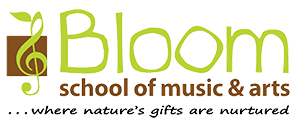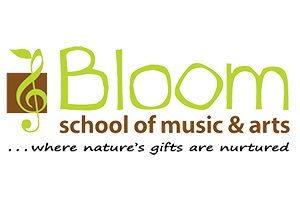How do you learn? (A look into piano teaching methods)
There are three broad categories in which people learn: visual learning, auditory learning, and kinesthetic learning. Over time, more theories and approaches towards human learning potential have been established. One familiar theory is Gardner’s Theory of Multiple Intelligences.
In 1983, Dr Howard Gardner theorised that there are 8 Multiple Intelligences (MI). Since the advent of the original 8 MI, now, there includes Existential intelligence, which is the sensitivity and capacity to tackle deep questions about human existence such as, “What is the meaning of life? Why do we die? How did we get here?”
Gardner’s MI used to be conflated with the term ‘learning styles’, though the “problem” expressed by Gardner with the idea of “learning styles” is that “there is no evidence to support the idea that matching activities to one’s learning style improves learning” (Nancy Chick, Assistant Director of Vanderbilt University’s Center for Teaching, n.d.).
My own opinion is, while most educational systems assume that everyone learns the same materials in the same way, and that a uniform, universal measure suffices to test students’ learning, there is no one-size-fits-all approach to learning. Although adopting practices according to one’s learning style does not enhance learning to a huge extent, I still find it important to be aware of the way one learns, so we can focus on our own strengths.
Gardner offers one tips for educators: “pluralize your teaching”
* teach in multiple ways to help students learn,
* “convey what it means to understand something well”, and to
* demonstrate your own understanding
This consequently gives students the opportunity to learn in ways more productive and effective for their unique minds.
In learning music, there are various piano teaching methods music teachers use to help their students excel.
At Bloom School of Music & Arts, our piano lessons are taught using the Alfred Premier Piano Method. Alfred Music features a variety of other books, all correlated and presented in 4 progressive levels. Its baroque, romantic and classical piano pieces are arranged without too much fanfare, making it ideal for serious, self-motivated students to learn. The Alfred Method for children uses coloured pictures, graphics, and multimedia to help with the learning process.
The four courses of Alfred’s Basic Piano Library—Prep, Basic, All-In-One, Complete—are all based on the same fundamentals. Students learning by this method are often good at:
- correct playing habits
- Intervallic Reading, which means recognizing the intervals between notes
- having a solid foundation in music theory
- multi-key reading
- chord progression
If you have decided that the Alfred Method can motivate you and your child to start learning the piano, fill in our Online Enquiry with the quote “REFXDENISE”. And then, come on down to our studio to register!
These are some other Piano teaching methods being used in music schools in Singapore:
Suzuki Method
Developed by a Japanese violinist, Shin’ichi Suzuki, this method of teaching is based on the realisation that children learn their mother tongue with ease Suzuki recreates the ‘ideal’ environment for learning music with what a person has for learning their native language, by including love, praise, rote training and repetition, and a timetable lead by the student’s developmental readiness for learning a particular technique. This teaching method exposes students to performance opportunities in a positive way, such that performing becomes a joy rather than a dreaded job.
Orff Schulwerk
The basis of this “approach to music” is that students have innate abilities to engage in rudimentary forms of music using basic rhythms and melodies. It is developed by Carl Orff, a prominent German composer, to help foster students’ self-discovery of their bodies as a percussive instrument, to encourage improvisation, and to discourage adult pressures and rote learning.
Yamaha Music
Interestingly, the Yamaha method began with Genichi Kawakami, a businessman who expanded his family-owned piano company to an international conglomerate, making products ranging from motorcycles to musical instruments. He developed the Electone Organ, and oversaw the establishment of the Yamaha Music Foundation in 1966. The objective of this method is to cultivate students’ musical ability within an environment that inspires a love for music. Thus, the use of solfège, participation in music appreciation activities, singing, and movement to music, rhythm and keyboard ensembles.
By understanding how each music teaching method works, we can decide how the strengths and weaknesses of the method score against our preferences, and the way we learn.
I will end this post with these quotes by Rita Dunn, and Ignacio Estrada, who are advocating a similar idea as Howard Gardner: “If the child is not learning the way you are teaching, then you must teach in the way the child learns.” – Rita Dunn

Photo credit: Clever Classroom Blog
I hope this post has been helpful for you!













